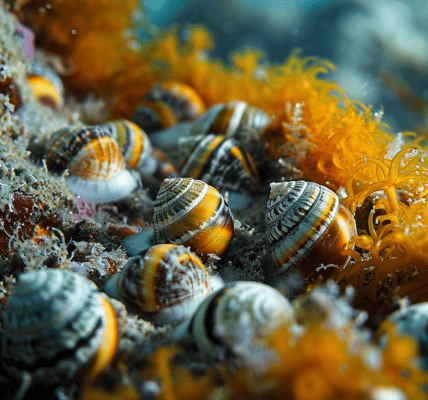Biodiversity researchers discover 1,150 species on their inner-city property during COVID lockdown
We are biodiversity researchers – an ecologist, a mathematician and a taxonomist – who were locked down together during the COVID pandemic.
Being restricted to the house, it didn’t take long before we began to wonder how many species of plants and animals we were sharing the space with. So we set to work counting them all.
We guessed we would find around 200–300, and many of our colleagues guessed the same.
There was nothing extraordinary about our 400 square metre block of land in Annerley, a suburb of Brisbane in Queensland, Australia. Roughly half the block was occupied by a three-bedroom house.
What was extraordinary was the number of species we discovered there. As revealed in our just-published study, starting on the first day of lockdown and continuing over the course of a year, we catalogued 1,150 species on our inner-city property.
Many of the species were what any east coast suburban Australian would expect: ibises, brush turkeys, kookaburras, possums and flying foxes. But, surprisingly, others had rarely been recorded.
In fact, three of the 1,150 species had never been documented in Australia’s leading biodiversity database at that point. This included a rare mosquito, a sandfly and an invasive flatworm that can cause populations of native snails to decline.
We found common foes, but also many friends. That rare mosquito was just one of 13 mosquito species we found. The cupboards accommodated pantry moths and grain weevils, but also spiders to prey on them (we recorded 56 species).
Our lack of assiduous garden-tending meant weeds were prolific; of the 103 plant species we documented on the property, 100 were non-native.
Apart from weeds, however, th





